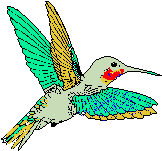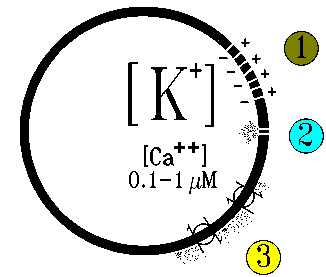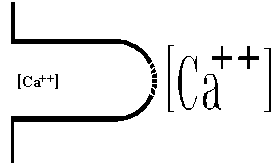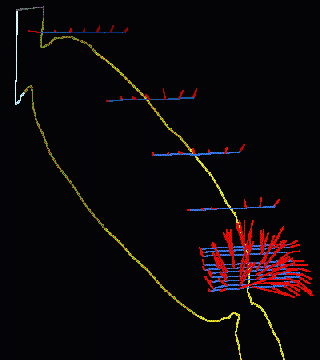 Biological Applications of the NVPi
Biological Applications of the NVPi Biological Applications of the NVPi
Biological Applications of the NVPi
 The [K]i is greater than [K]o and
results in a high positive
potential outside the cell.
The [K]i is greater than [K]o and
results in a high positive
potential outside the cell.
 The [Ca]o is greater than [Ca]i and in
combination with a highly positive
membrane potential results in a high pressure for calcium to enter the cell
when a channel opens briefly.
The [Ca]o is greater than [Ca]i and in
combination with a highly positive
membrane potential results in a high pressure for calcium to enter the cell
when a channel opens briefly.
 The [Ca]i rises to a point at which pumps are activated to
expel it outside the cell.
The [Ca]i rises to a point at which pumps are activated to
expel it outside the cell.
 |
... details
of the Root Hair Model. ... a quantitative application of the non-invasive ion probe. We measured the increase in Ca-flux and area of flux at the tip of a root hair. |
 3-D Kinemage
plot of Proton Flux from a
Periplaneta americana oocyte (Kunkel & Faszewski,
1995).
3-D Kinemage
plot of Proton Flux from a
Periplaneta americana oocyte (Kunkel & Faszewski,
1995).
The outline of an American cockroach ovariole is given in yellow. The central follicle focused on in this preparation is the penultimate follicle in this ovariole. The blue lines depict the path of the proton ionprobe which was used to measure the proton flux vectors, which are shown in red. At the posterior end of this follicle the scanning reveals a cap of outward proton flux. This is the same area from which an outward potassium flux was measured. The correlation of the proton and potassium fluxes brings up several possibilities of mechanisms to explain the joint distribution. This pattern, detected earlier with the voltage probe, NVPpd, (Kunkel, 1986) was shown in a broad selection of Dictyopteran species to be correlated with the presumptive polarity of the future embryo (Kunkel, 1991). To view this 3-D data optimally, in 3-D stereo, one should obtain the data file 'bbfg95.kin' from the anonymous FTP download site and view it with the Mage utility which is downloadable from the Brookhaven National Laboratory FTP site.
If you have questions about the University of Massachusetts Vibrating Probe Facility, you can send an email message to its Director, Joe Kunkel.